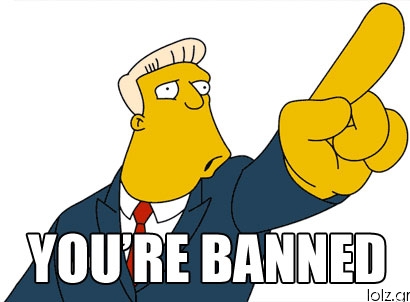Re-examination best in paper leaks: Supreme Court
The Supreme Court in a recent decision has declared that re-examination is the best alternative where allegations of mass-copying / paper leakage are involved. The Court, reversing the decision of the High Court, held that applying the test of reasonableness holding re-examination was the best course of action available to the authorities. The Supreme Court inter alia took into account the origin and development of the Wednesbury's principles of reasonableness and also the doctrine of proportionality, which we have written about separately in a different post, to hold that the High Court has failed to appreciate the legal position correctly.
Applying these tests, the Supreme Court inter alia observed as under;
Applying these tests, the Supreme Court inter alia observed as under;
14. We will first examine whether the High Court was justified in directing the Board to go ahead with the recruitment process based on the first written test in the wake of the report of the Vigilance and the materials collected by the CBI subsequently. Report of the Vigilance has prima facie wstablished that the allegations of leakage of question papers, large scale impersonation of candidates, mass copying etc. was true. Possibility of the involvement of the staff of Railways and outsiders was also not ruled out by the Vigilance. In such circumstances, we fail to see how the High Court has concluded that there is no illegality in going ahead with the recruitment process on the basis of the first written test. We may indicate that the Railway Board had three alternatives viz., (1) to cancel the entire written test, and to conduct a fresh written test inviting applications afresh; (2) to conduct a retest for those candidates who had obtained minimum qualifying marks in the first written test; and (3) to go ahead with the first written test (as suggested by the High Court), confining the investigation to 62 candidates against whom there were serious allegations of impersonation.
35. We have already indicated the three alternatives available to the decision- maker (Board) when serious infirmities were pointed out in the conduct of the first written test. Let us examine which was the best alternative, the Board could have accepted applying the test of Wednesbury unreasonableness. Was the decision taken by the Board to conduct a re-test for those candidates who had obtained minimum qualifying marks in the first written test so unreasonable that no reasonable authority could ever have decided so and whether the Board before reaching that conclusion had taken into account the matters which they ought not to have taken into account or had refused to take into account the matters that they ought to have taken into account and the decision taken by it was so unreasonable that no reasonable authority could ever have come to it? Judging the decision taken by the Board applying the standard laid down in the Wednesbury principle unreasonableness, the first alternative that is the decision to cancel the entire written test and to conduct a fresh written test would have been time consuming and expensive. Initially 10,02,909 applications were received when advertisement was issued by the Board out of which 5,86,955 were found to be eligible and call letters were sent to them for appearing in the written test held at various centres. 3,22,223 candidates appeared for the written test, out of which 2690 were selected. Further the candidates who had approached the Court had also not opted that course instead many of them wanted to conduct a re-test for 2690 candidates, the second alternative. The third alternative was to go ahead with the first written test confining the investigation to 62 candidates against whom there were serious allegations of impersonation. The Board felt in the wake of the vigilance report and the reports of the CBI, it would not be the best option for the Railway Administration to accept the third alternative since there were serious allegations of malpractices against the test. From a reasonable man’s point of view it was felt that the second option i.e. to conduct a re-test for those candidates who had obtained minimum qualifying marks in the first written test was the best alternative.
36. We will now apply the proportionality test to three alternatives suggested. Principle of proportionality, as we have already indicated, is more concerned with the aims of the decision maker and whether the decision maker has achieved the correct balance. The proportionality test may require the attention of the Court to be directed to the relative weight according to interest and considerations. When we apply that test and look at the three alternatives, we are of the view that the decision maker has struck a correct balance in accepting the second alternative. First alternative was not accepted not only because such a process was time consuming and expensive, but nobody favoured that option, and even the candidates who had approached the court was more in favour of the second alternative. Applying the proportionality test also in our view the Board has struck the correct balance in adopting the second alternative which was well balanced and harmonious.
37. We, therefore hold, applying the test of Wednesbury unreasonableness as well as the proportionality test, the decision taken by the Board in the facts and circumstances of this case was fair, reasonable, well balanced and harmonious. By accepting the third alternative, the High Court was perpetuating the illegality since there were serious allegations of leakage of question papers, large scale of impersonation by candidates, mass copying in the first written test.


Yorumlar
Yorum Gönder